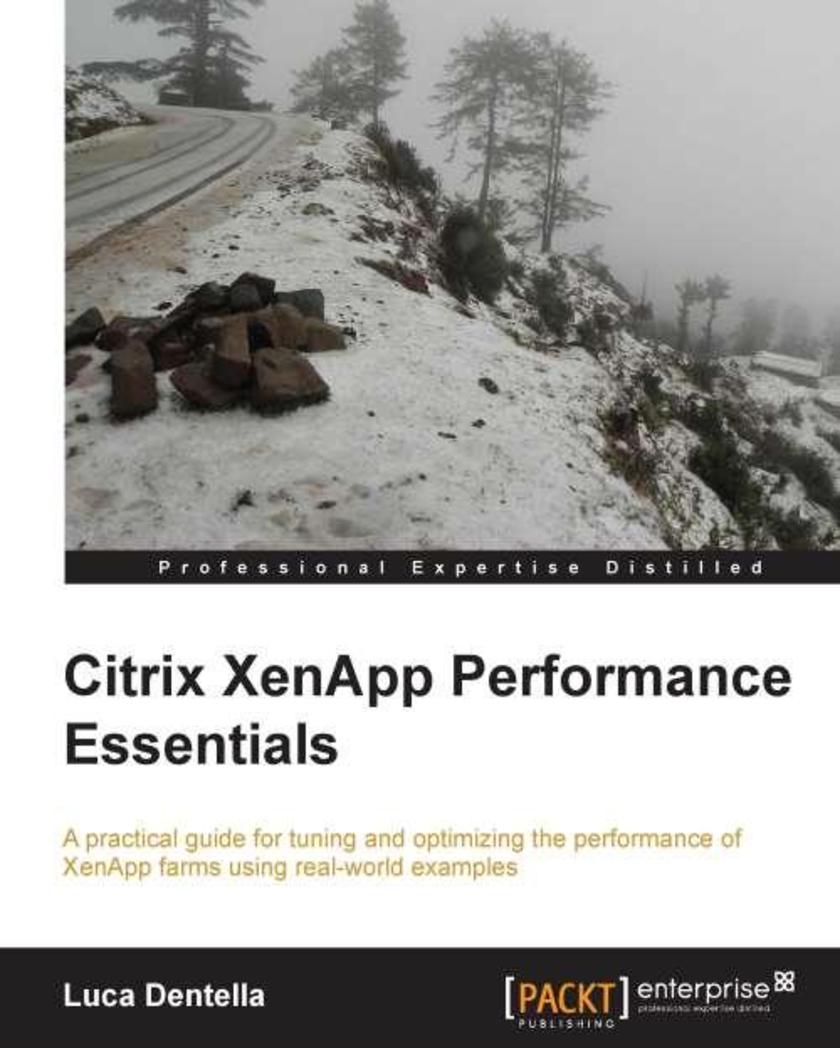
Citrix XenApp Performance Essentials
¥54.49
A practical hands-on tutorial including multiple examples on application management using Citrix XenApp 6.5.Citrix XenApp Performance Essentials is intended for IT architects and system administrators who work with Citrix XenApp and who need an agile, practical guide to tune and optimize the performance.
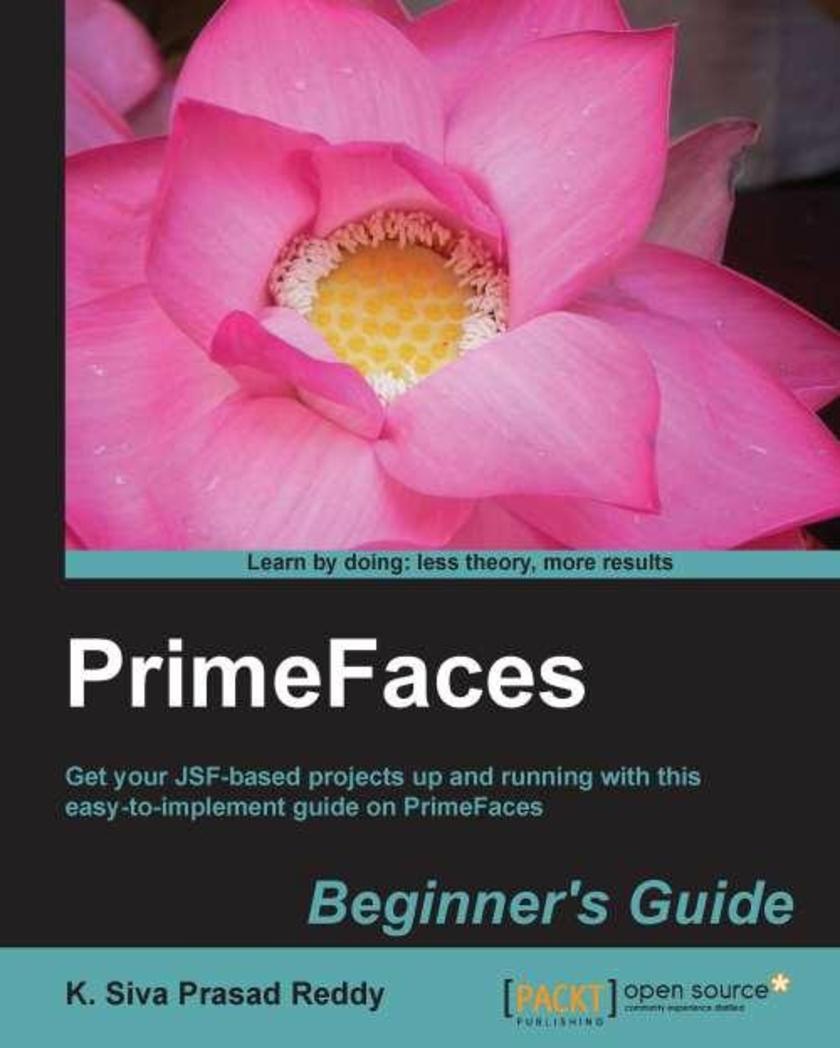
PrimeFaces Beginner's Guide
¥90.46
A guide for beginner’s with step-by-step instructions and an easy-to-follow approach.PrimeFaces Beginners Guide is a simple and effective guide for beginners, wanting to learn and implement PrimeFaces in their JSF-based applications. Some basic JSF and jQuery skills are required before you start working through the book.
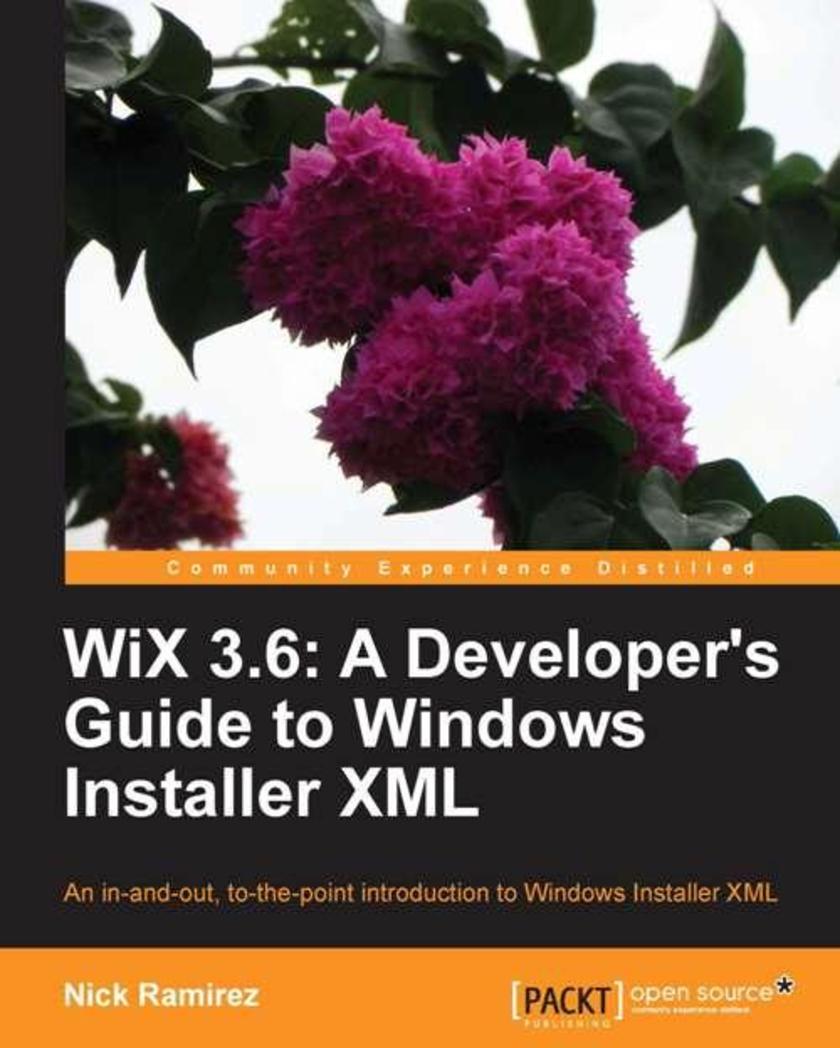
WiX 3.6: A Developer’s Guide to Windows Installer XML
¥90.46
A step-by-step tutorial with plenty of code and examples to improve your learning curve. If you are a developer and want to create installers for software targeting the Windows platform, then this book is for you. You’ll be using plenty of XML and ought to know the basics of writing a well-formed document. No prior experience in WiX or Windows Installer is assumed. You should know your way around Visual Studio to compile projects, add project references and tweak project properties.
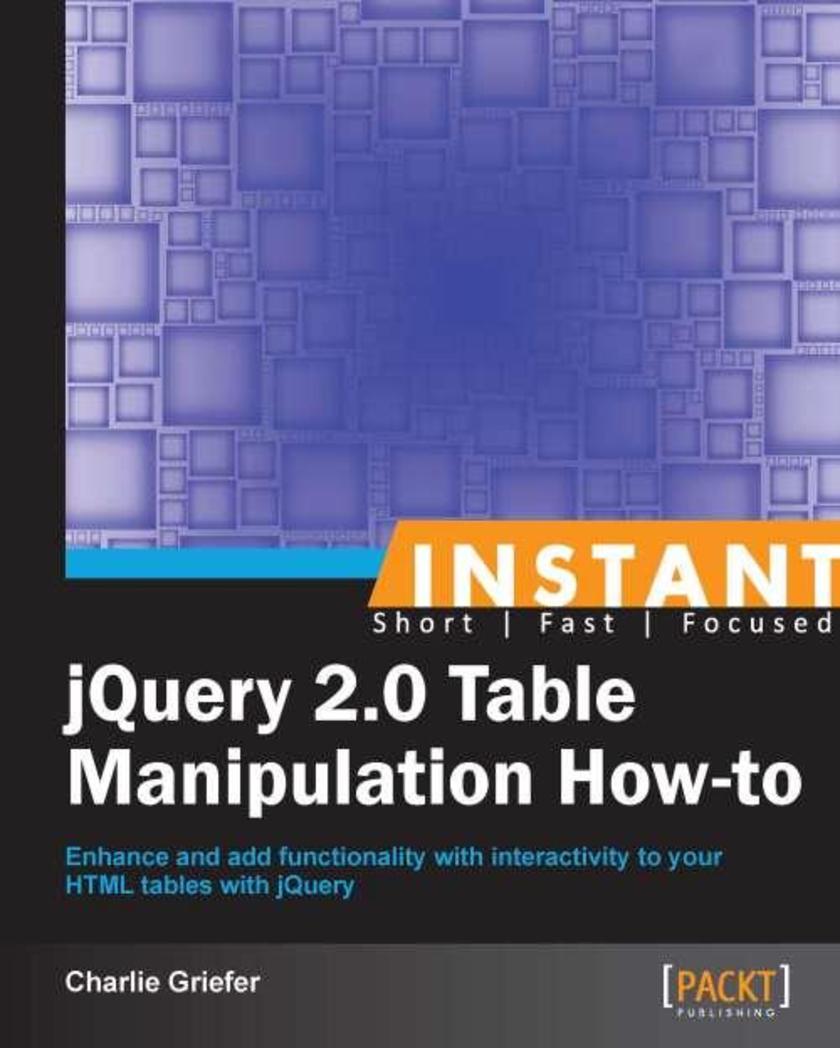
Instant jQuery 2.0 Table Manipulation How-to
¥41.41
Filled with practical, step-by-step instructions and clear explanations for the most important and useful tasks. Get the job done and learn as you go. A how-To book with practical recipes accompanied with rich screenshots for easy comprehension.A short, concise, recipe-based approach that shows you how to manipulate tables using hands-on examples and the most up-to-date techniques in jQuery 2.0. Instant jQuery 2.0 Table Manipulation How-to is aimed at both newcomers and those who have already worked with JavaScript or jQuery. A familiarity with HTML and basic CSS would be beneficial.

Instant Traffic Analysis with Tshark How-to
¥45.77
Filled with practical, step-by-step instructions and clear explanations for the most important and useful tasks. This How-to guide will explore TShark. As this is the terminal version, it will show the user all commands and syntax as well as all options for Tshark and its common uses through small recipes. This book is intended for network administrators and security officers who have to deal daily with a variety of network problems and security incidents. It will also be a good learning aid for Cisco students wishing to implement and understand the many theoretical concepts related to traffic data and communications in greater depth.
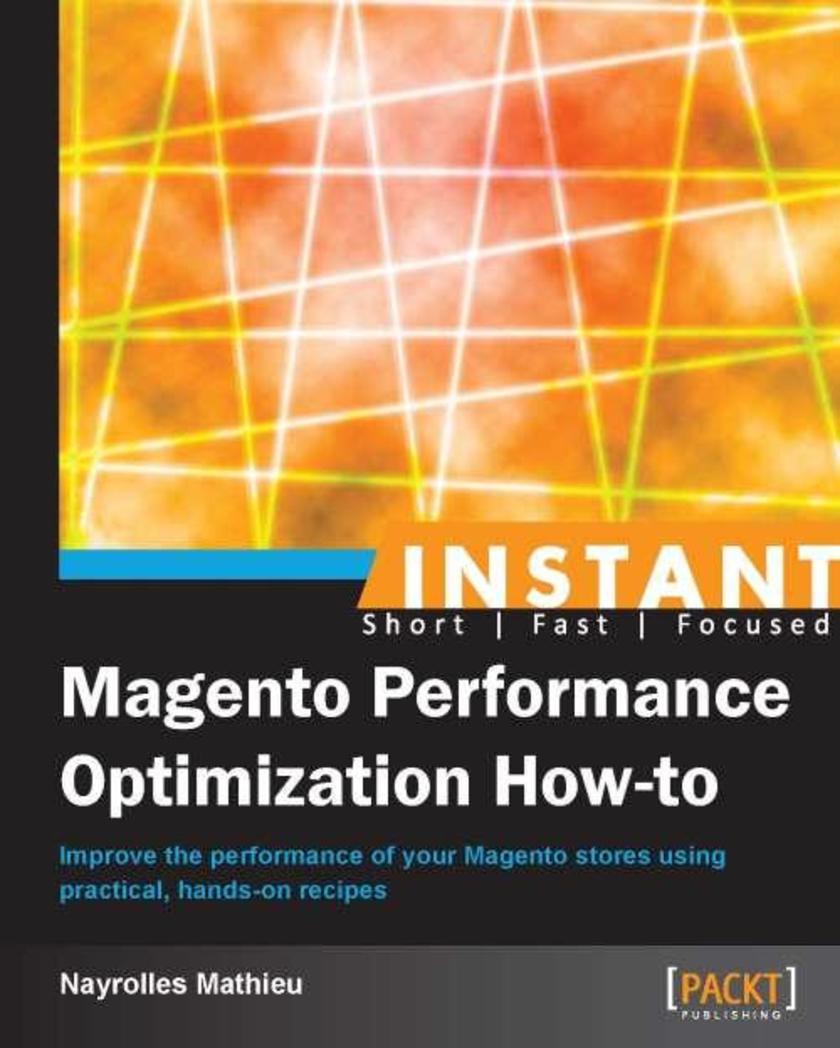
Instant Magento Performance Optimization How-to
¥45.77
Filled with practical, step-by-step instructions and clear explanations for the most important and useful tasks. Get the job done and learn as you go. A how-To book with practical recipes accompanied with rich screenshots for easy comprehension.This a Packt Instant How-to, and provides a quick and easy way to improve your Magento performance with step-by-step instructions for important tasks.This book is written for Magento administrators who are familiar with the backend console but new to anything beyond this, and wish to optimize their store for increasing performance.
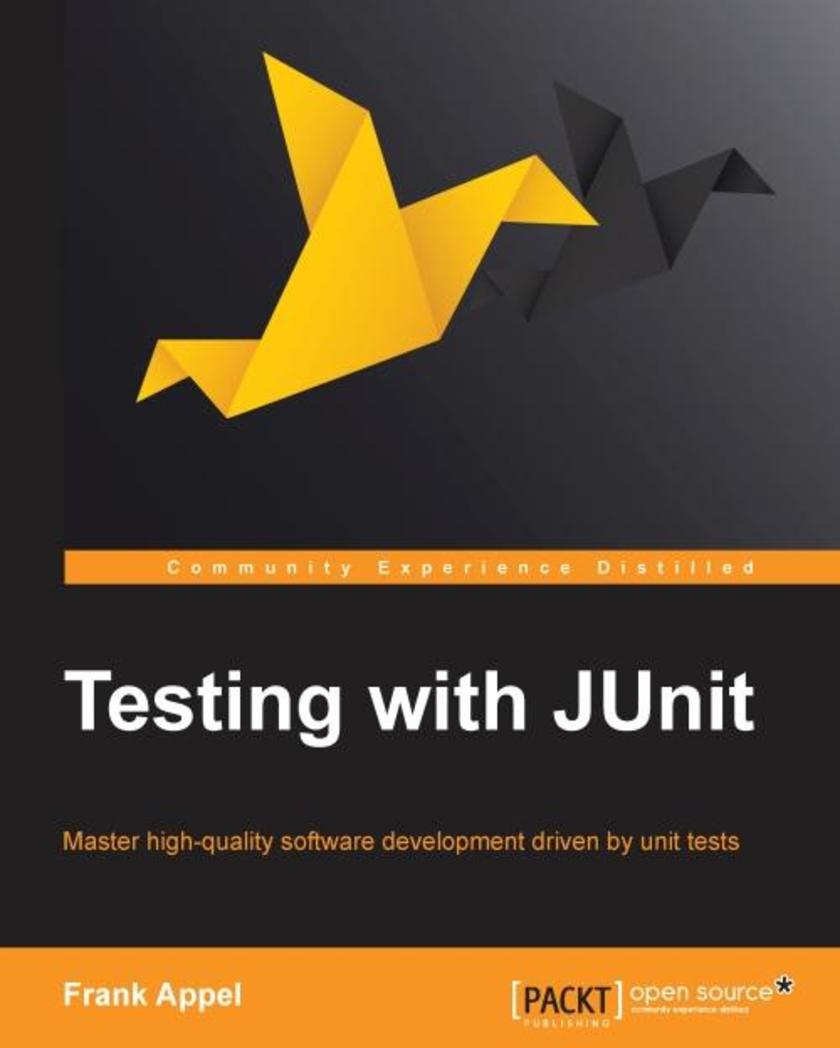
Testing with JUnit
¥54.49
No matter what your specific background as a Java developer is, unit testing is the way to go. This book provides you with a comprehensive, but concise entrance, advancing your knowledge, step-wise, to a professional level.

Mastering the Nmap Scripting Engine
¥80.65
If you want to learn to write your own *s for the Nmap Scripting Engine, this is the book for you. It is perfect for network administrators, information security professionals, and even Internet enthusiasts who are familiar with Nmap.

Banana Pi Cookbook
¥54.49
This book is intended for anybody who wants to learn how they can utilize the capabilities of the Banana Pi to its full potential. It's full of step-by-step guides and detailed de*ions for the whole range of possibilities in a language that is appropriate for computer enthusiasts and experts alike. It would be helpful to have a basic knowledge of Unix-like operating systems or programming, but no prior experience is required as every concept is explained in the appropriate sections.
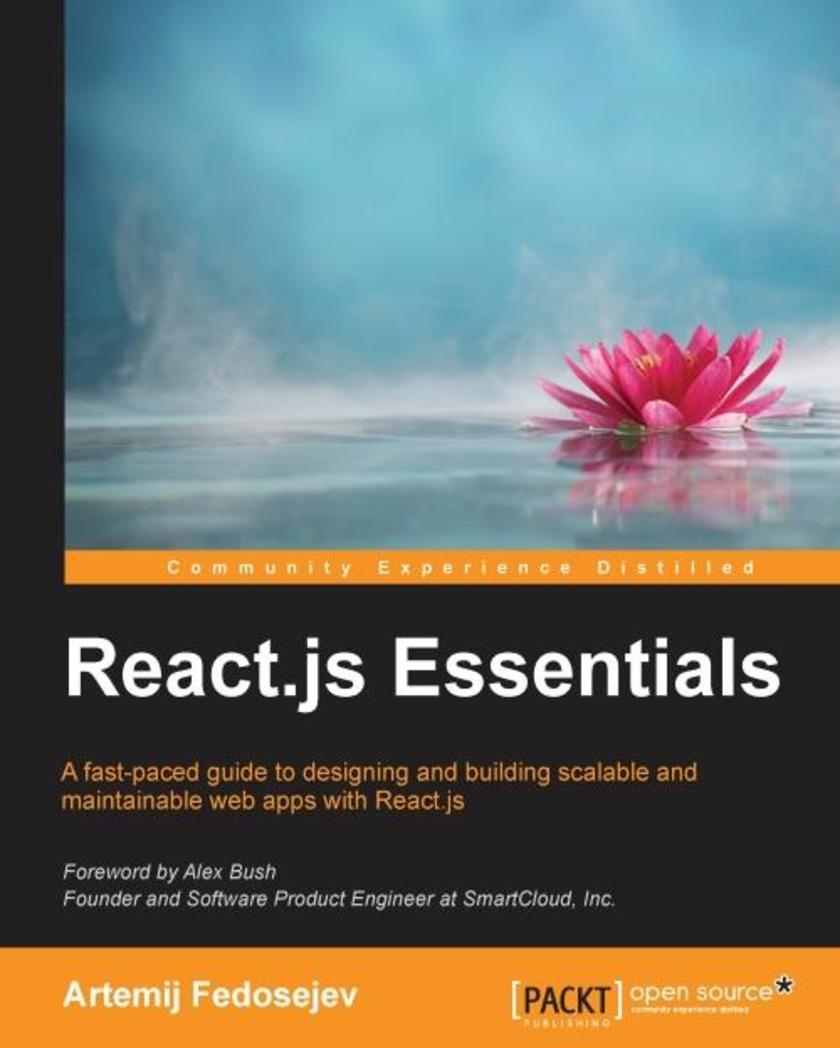
React.js Essentials
¥54.49
If you're a frontend developer with knowledge of native JavaScript or jQuery, along with frontend frameworks such as Angular.js and Backbone.js, and your aim is to build maintainable and scalable web user interfaces, then this book is ideal for you.

OpenStack Cloud Computing Cookbook - Third Edition
¥90.46
This book is aimed at system administrators and technical architects moving from a virtualized environment to cloud environments; who are familiar with cloud computing platforms. Knowledge of virtualization and managing Linux environments is expected. Prior knowledge or experience of OpenStack is not required, although beneficial.
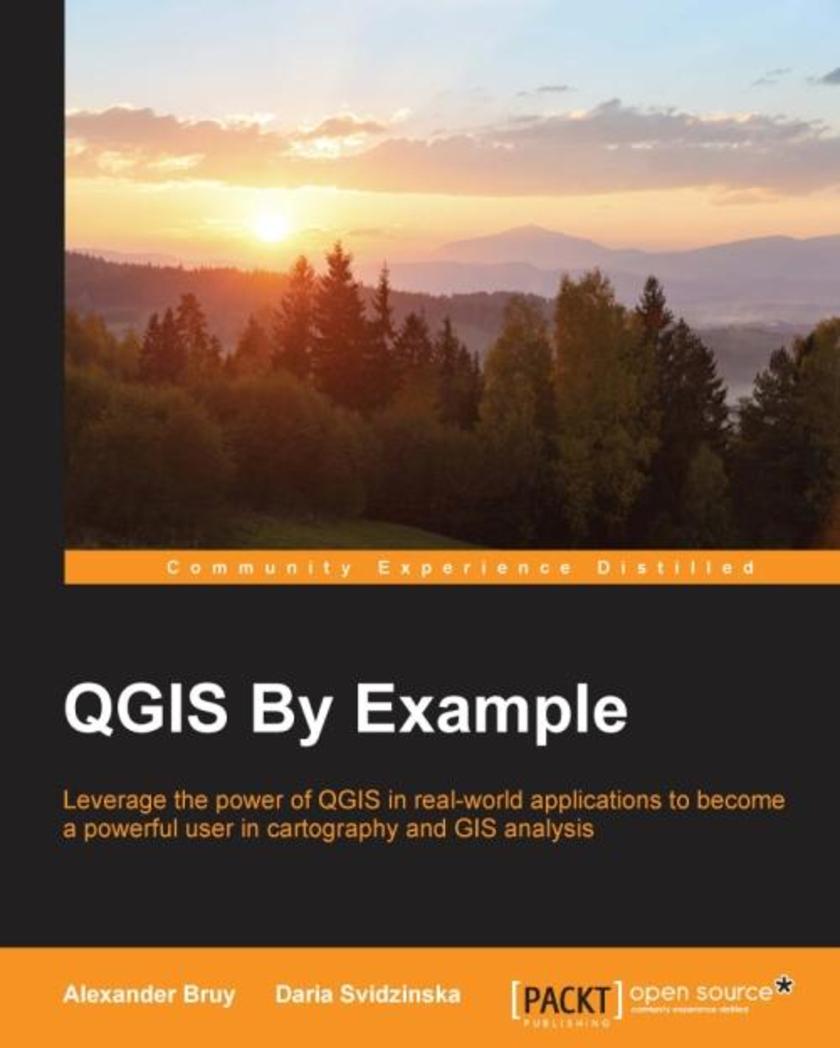
QGIS By Example
¥80.65
If you are a beginner or an intermediate GIS user, this book is for you. It is ideal for practitioners, data analysts, and application developers who have very little or no familiarity with geospatial data and software.
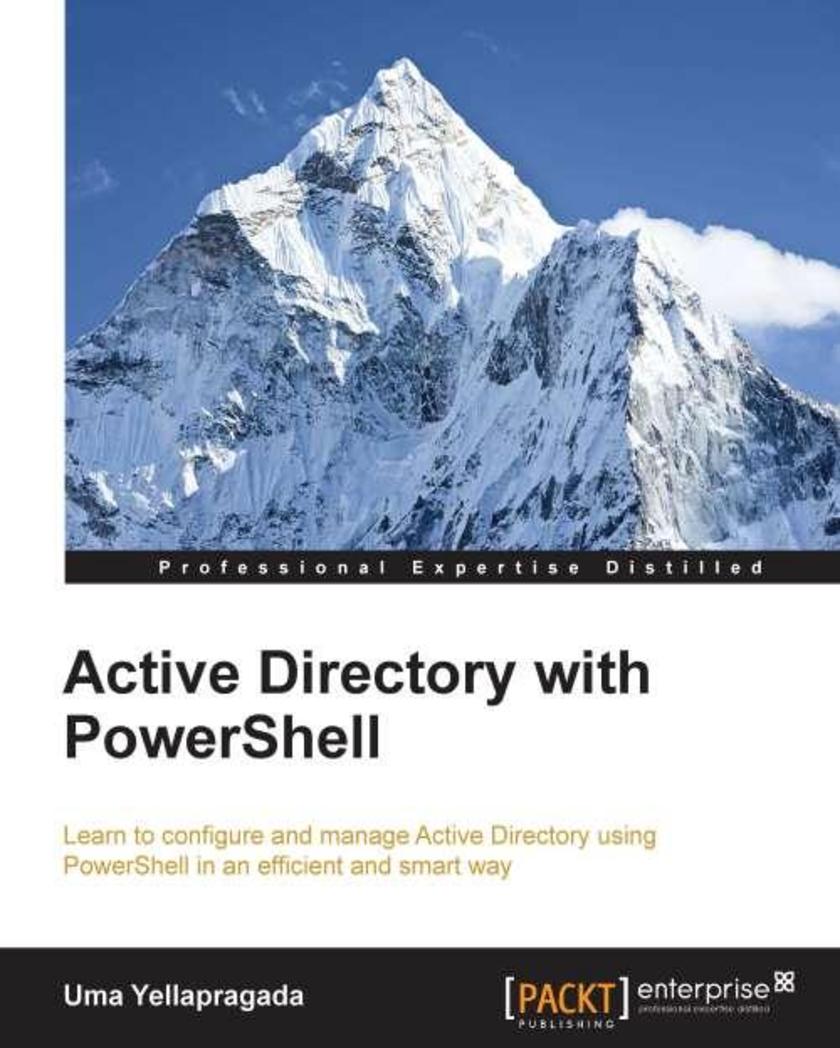
Active Directory with PowerShell
¥80.65
If you are looking to automate repetitive tasks in Active Directory management using the PowerShell module, then this book is for you. Any experience in PowerShell would be an added advantage.
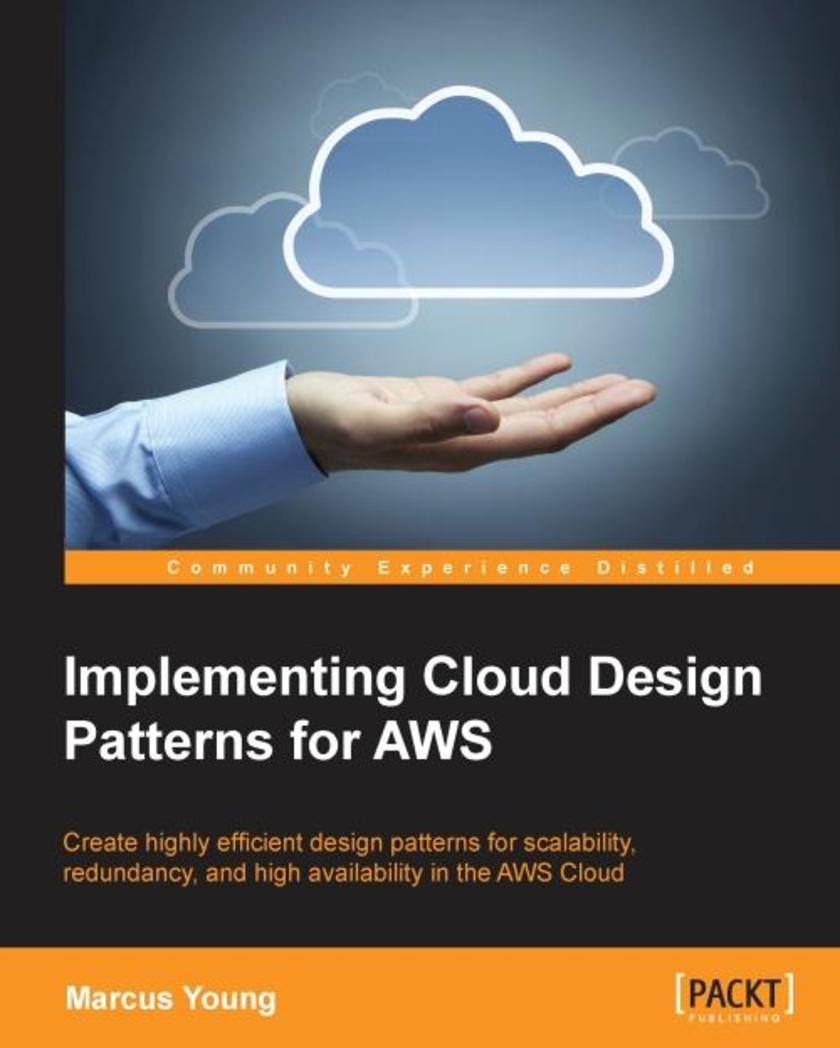
Implementing Cloud Design Patterns for AWS
¥80.65
This book is aimed at architects, solution providers, and those of the DevOps community who are looking to implement repeatable patterns for deploying and maintaining services in the Amazon cloud infrastructure. Prior experience using AWS is required as the book focuses more on the patterns and not on the basics of using AWS.
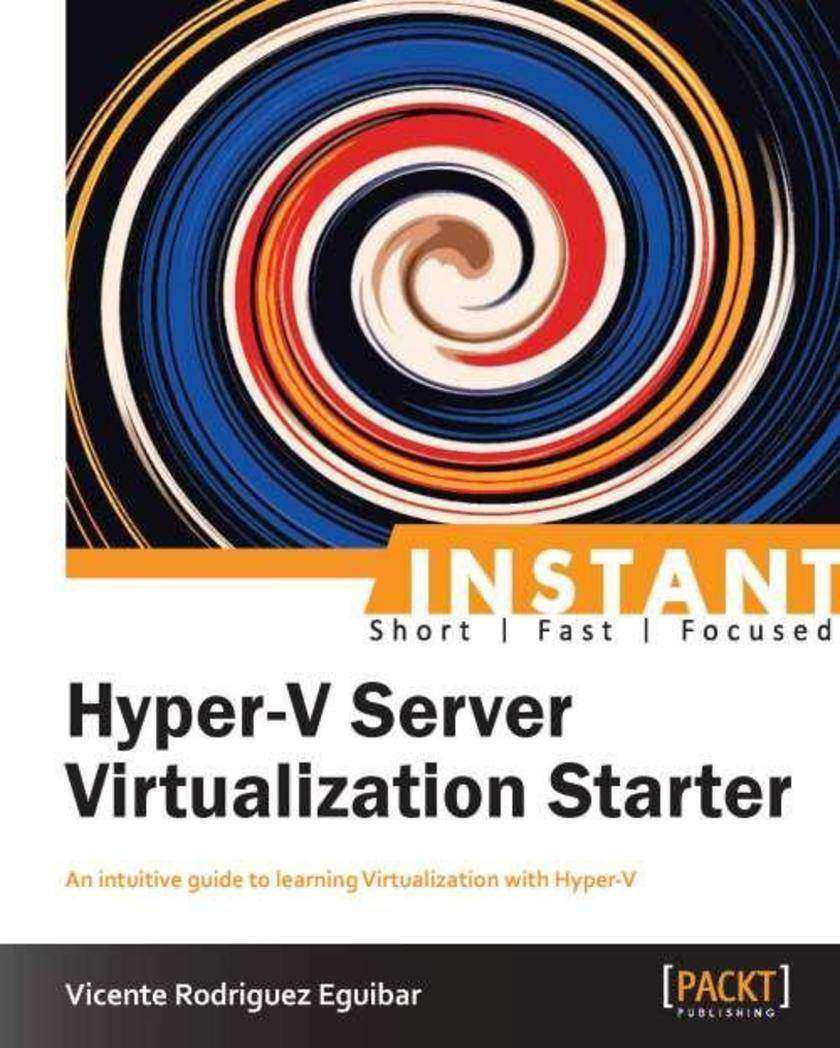
Instant HyperV Server Virtualization Starter
¥50.13
Get to grips with a new technology, understand what it is and what it can do for you, and then get to work with the most important features and tasks.The approach would be in a tutorial manner that will guide the users in an orderly manner toward virtualization.This book is conceived for system administrator and advanced PC enthusiasts who want to venture into the virtualization world. Although this book goes from scratch up, knowledge on server Operative Systems, LAN and networking has to be in place. Having a good background on server administration is desirable, including networking services.

Instant JRebel
¥45.77
Filled with practical, step-by-step instructions and clear explanations for the most important and useful tasks. This book is an easy-to-follow guide full of hands-on examples of real-world Java development tasks. Each topic is explained and placed in context, and for the more inquisitive readers, there are more-in-depth details of the concepts used.If you have experience in Java desktop or web application development based on Servlets and you want to update your code instantly without recompiling and redeploying the code, this book is for you.

Troubleshooting vSphere Storage
¥71.93
This is a step-by-step example-oriented tutorial aimed at showing the reader how to troubleshoot a variety of vSphere storage problems, and providing the reader with solutions that can be completed with minimal effort and time in order to limit damage to work.If you are a vSphere administrator, this is the book for you. This book will provide you with 'need to know' information about the various storage transports that ESXi utilizes, the tools and techniques we can use to identify problems, and the fundamental knowledge and steps to take to troubleshoot storage-related issues. Prior knowledge of the VMWare environment is assumed.
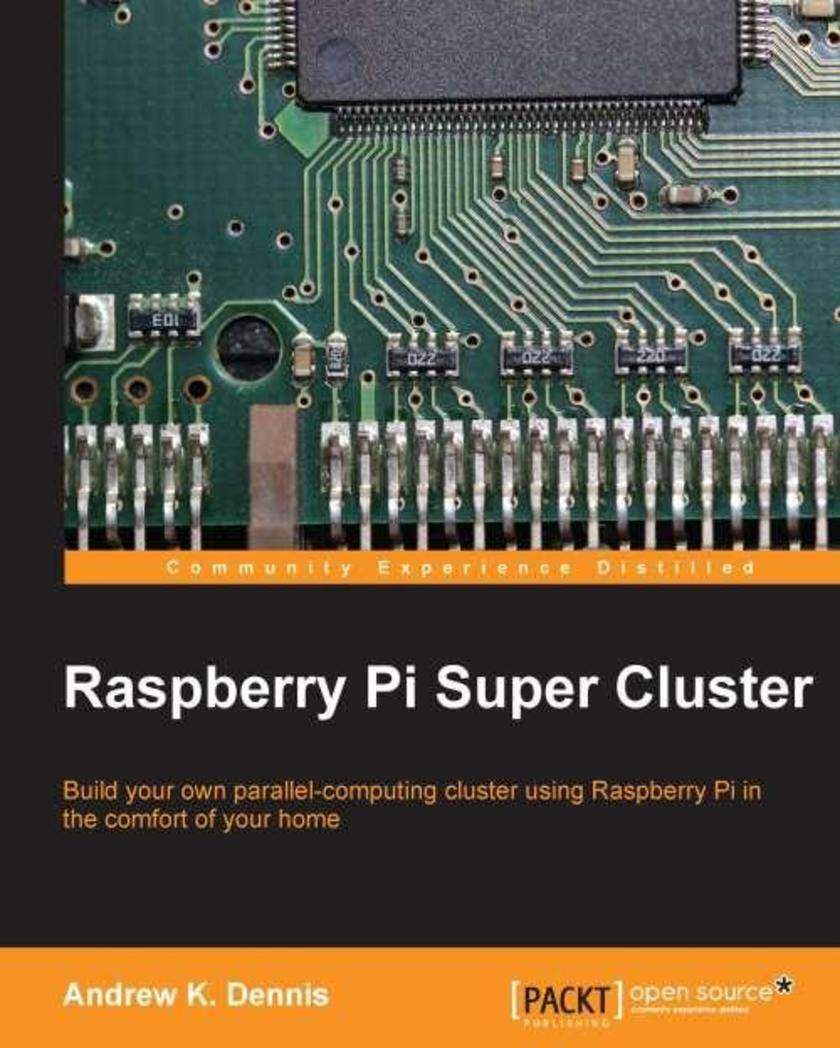
Raspberry Pi Super Cluster
¥63.21
This book follows a step-by-step, tutorial-based approach which will teach you how to develop your own super cluster using Raspberry Pi computers quickly and efficiently.Raspberry Pi Super Cluster is an introductory guide for those interested in experimenting with parallel computing at home. Aimed at Raspberry Pi enthusiasts, this book is a primer for getting your first cluster up and running. Basic knowledge of C or Java would be helpful but no prior knowledge of parallel computing is necessary.
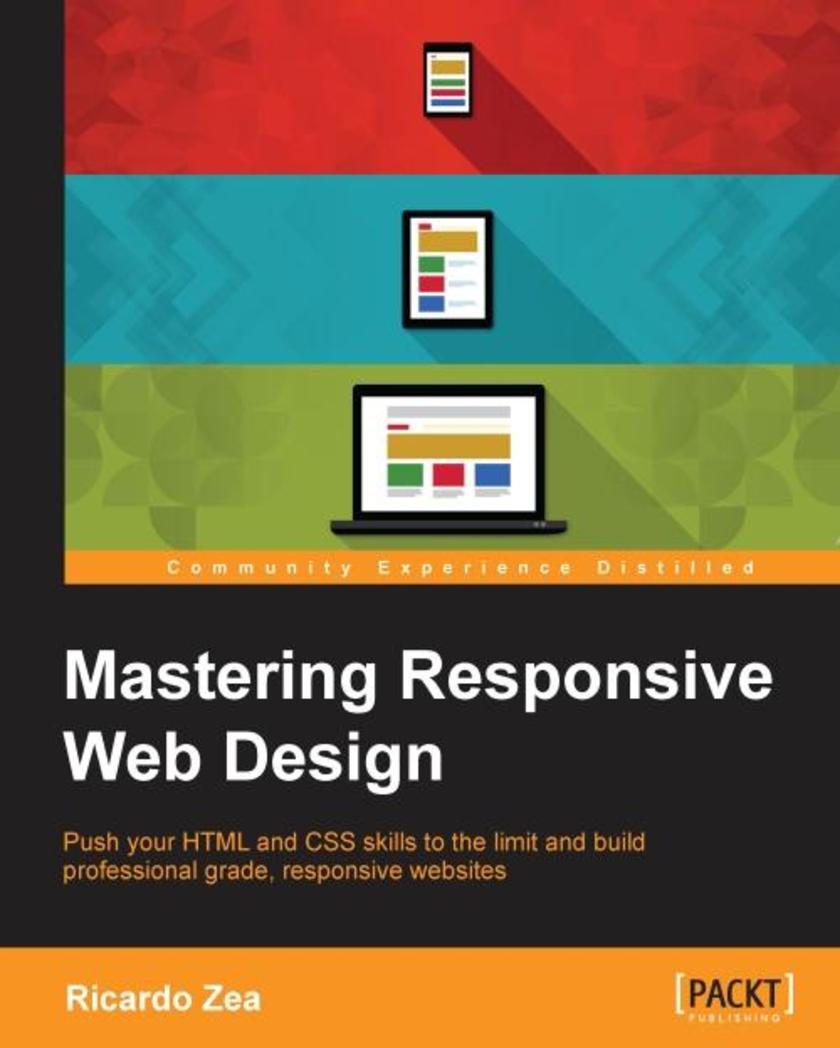
Mastering Responsive Web Design with HTML5 and CSS3
¥90.46
If you already know some HTML and CSS and understand the principles of responsive web design, this book is for you. There's something here for you to learn regardless of whether you're a web designer or web developer, or whether you're a seasoned expert web professional.
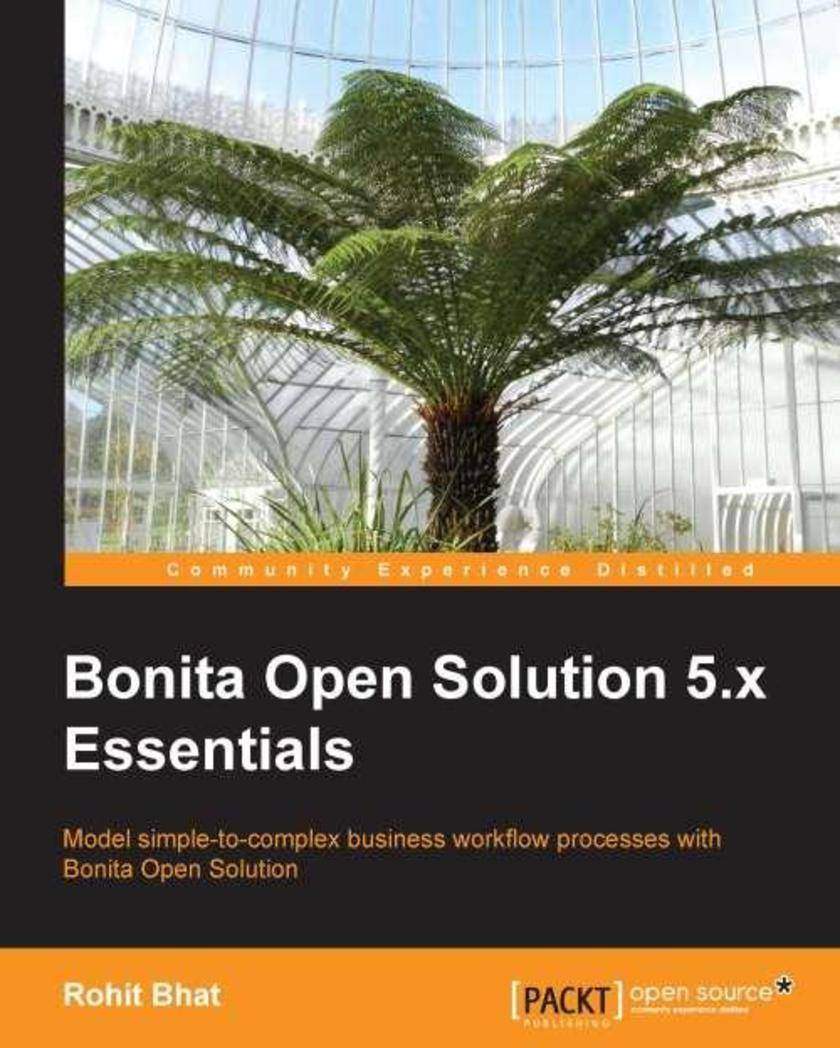
Bonita Open Solution 5.x Essentials
¥63.21
A practical, intuitive guide for modeling complex business processes as full-scale applications using the ease and power of Bonita Open Solution.If you are a business application developer looking forward to model business processes intuitively in a workflow, with various conditions and transitions then this book is for you. Basic knowledge of Java or Groovy is necessary to help you develop these applications. Knowledge of HTML and JavaScript/JQuery will be helpful but not mandatory.

Mastering matplotlib
¥71.93
If you are a scientist, programmer, software engineer, or student who has working knowledge of matplotlib and now want to extend your usage of matplotlib to plot complex graphs and charts and handle large datasets, then this book is for you.




 购物车
购物车 个人中心
个人中心



